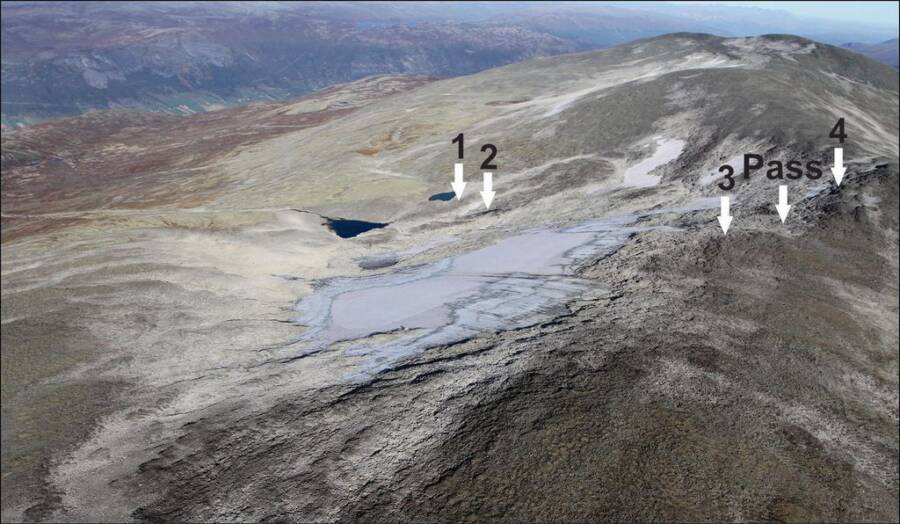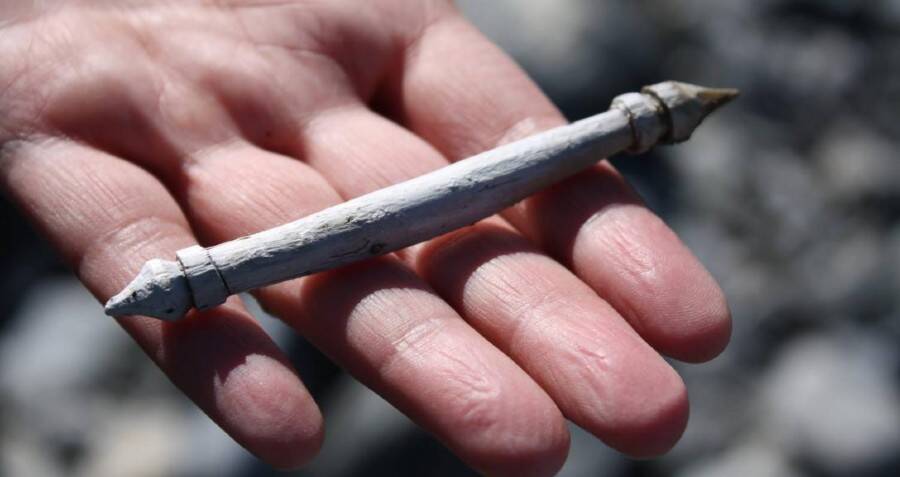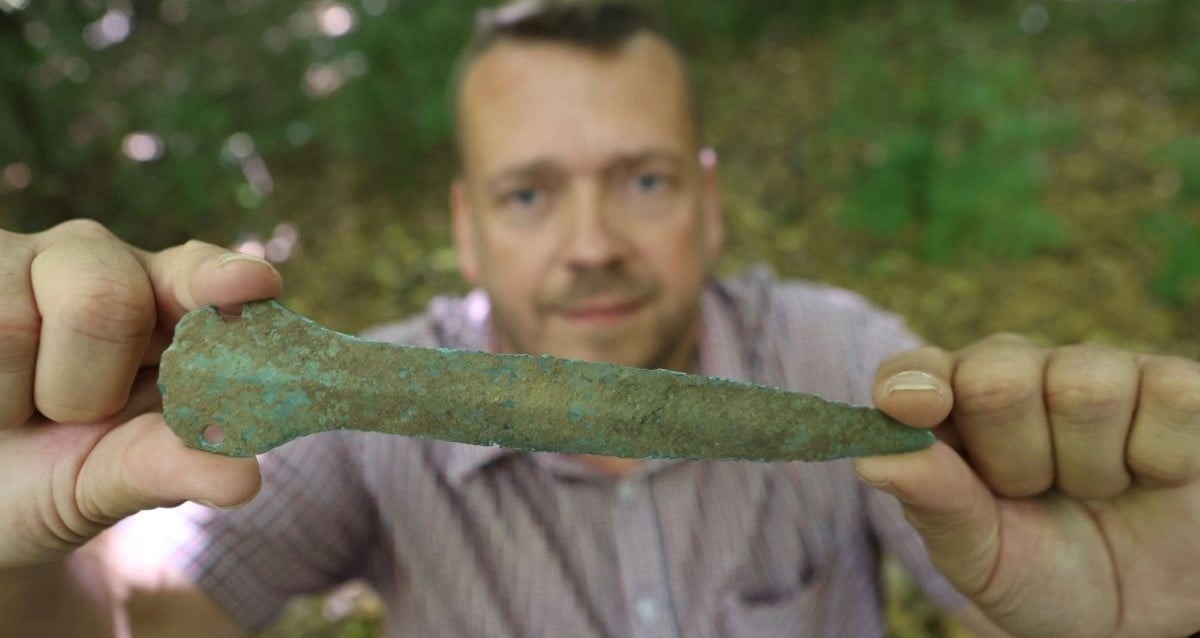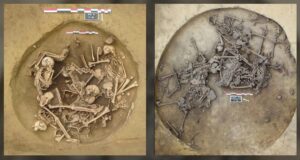Hidden Viking Treasures Emerge as Norway’s Ice Surrenders Secrets After Centuries
He added that the preservation of organic materials made this pass “a completely new ballgame compared to normal mountain passes without ice where only a few metal objects remain from the traffic.”

Antiquity JournalThe Lendbreen ice patch site of discovery, with markers connoting areas of discovery.
“This study is one of the first ice-patch archaeology studies to explore the role of mountain passes in travel over long time scales,” said William Taylor, curator of archaeology at the University of Colorado’s Museum of Natural History.
“It is fascinating to see direct evidence for the emergence and re-emergence of mountain travel routes — not as an abstract concept, but as a tangible archaeological phenomenon demonstrated by horse dung, horse bones and the objects dropped by travelers engaged in important pastoral work.”
Perhaps most ominously, the amount of discovered and dated items sharply declined around 1400 A.D. This drop coincided directly with the Black Death in Norway and with the centuries-long Little Ice Age plaguing the region from 1300 A.D. forward.
“There were also other subsequent pandemics in the late medieval period making the situation even worse,” said Pilø. “This obviously had a great influence on local settlement and economy, and thus mountain traffic, which dwindled, both long-distance and to the local summer farms.”
While Pilø and his team scoured an area measuring 35 football fields — the largest archaeological survey of a glacier in history — their work has come to an abrupt end. The current COVID-19 pandemic has put a halt to further exploration.














Post Comment